Gluteus Minimus Muscle
Table of Contents
Gluteus minimus Muscle Anatomy
The gluteus minimus muscle is a small triangular muscle situated in the back side of the hip, originates from the gluteal surface of the ilium to the proximal end of the femur. It’s part of the group of gluteal muscles, other muscles are gluteus maximus, gluteus medius and tensor fasciae latae.
The smallest of the three gluteal muscles, is situated immediately beneath the gluteus medius.
Gluteus minimus acts with the gluteus medius to the movements on the hip joint mainly the internal rotation and abduction of the. This muscle is also provide stability to the pelvis in the gait cycle.
Origin:
The outer surface of the ilium – between the middle and inferior gluteal lines.
Insertion:
The anterior surface of the greater trochanter of the femur.
Nerve supply:
Superior gluteal nerve (L4, 5, S1) .
Blood supply:
The superior gluteal artery. The distal portion of the muscle and its tendon also receives the contribution from the trochanteric anastomosis; formed by the ascending branch of the medial circumflex femoral artery and descending branches of the superior and inferior gluteal arteries.
Action:
Abducts and medially rotates the hip. Tilts pelvis on walking.
Function:
When their pelvic attachments are fixed, both muscles pull the greater trochanter superiorly and abduct the thigh. However, if only their anterior portions contract, the axis of the movement tilts anteriorly and they produce the internal rotation of the thigh.
What is the importance of the gluteus minimus muscle?
The gluteus minimus muscles work together with the gluteus medius to help in hip abduction (the movement of the leg away from the body) and opposite to hip adduction (the movement of the leg toward the body). They also stabilize the hip joint and help us balance the body.
Strengthening exercise
One-leg bridge
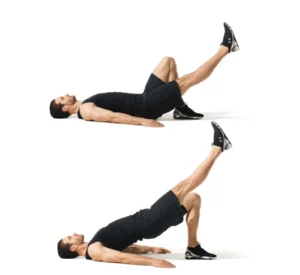
- Tighten your abdominal and buttock muscles.
- Raise your hips up to create a straight line from your knees to your shoulders.
- Squeeze your core and try to pull your belly button back toward your spine.
- Slowly raise and extend one leg while keeping your pelvis raised and level.
- Hold.
- Return to the starting position with knees bent.
- Perform the lift with the other leg.
Clam shall exercise
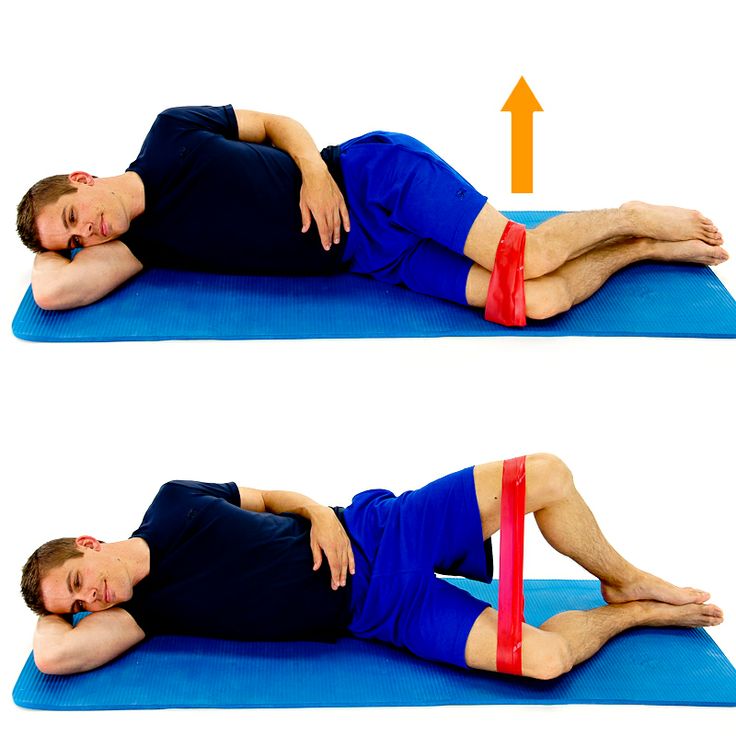
- Lie on your side, with legs stacked and knees bent at a 45-degree angle.
- Rest your head on your lower arm, and use your top arm to steady your frame. Be sure that your hipbones are stacked on top of one another, as there is a tendency for the top hip to rock backward.
- Engage your abdominals by pulling your belly button in, as this will help to stabilize your spine and pelvis.
- Keeping your feet touching, raise your upper knee as high as you can without shifting your hips or pelvis. Don’t move your lower leg off the floor.
- Pause, and then return your upper leg to the starting position on the ground. Do 20 reps on each side.
Stretching exercise:
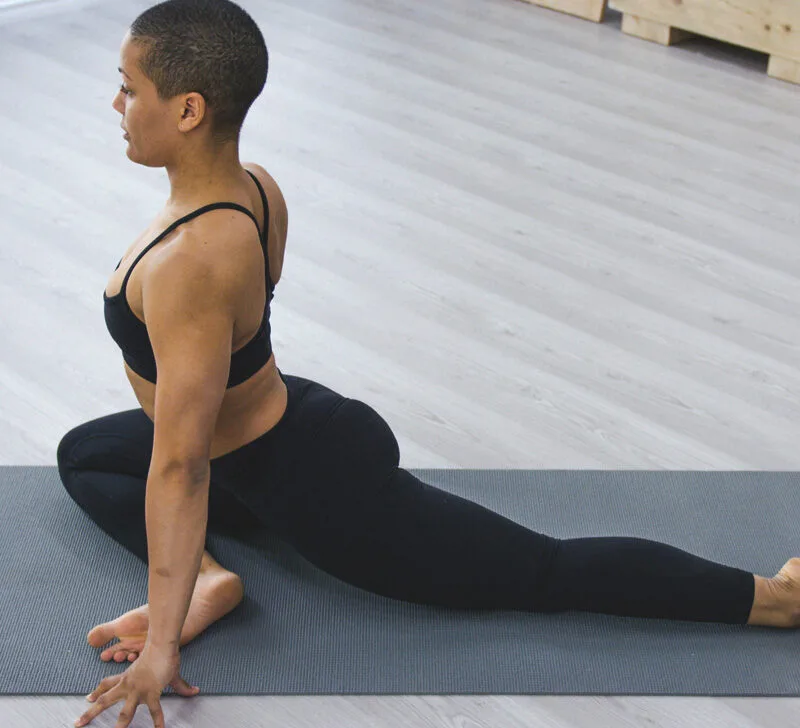
Pigeon pose is a great stretch for most of the muscles in the hip region and the Gluteus Medius and Gluteus Minimus are no exception. Most people are probably familiar with one variation of this stretch or another. It is best to choose the variation that works best for you and your level of mobility/flexibility.
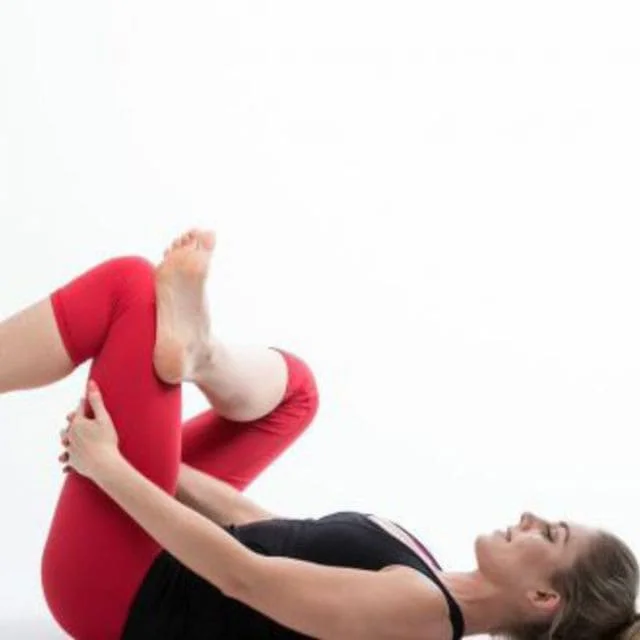
The Figure 4 stretch is another great stretch for the Gluteus Medius and Minimus muscles and can be done with or without a supporting structure (though much easier with one). This stretch, like the pigeon pose, is great for the lateral posterior muscles in the hip area.
Related pathology:
Gluteus minimus tendinopathy results in Greater Trochanteric Pain Syndrome (GTPS). Which is characterized by lateral hip pain, tenderness at the greater trochanter, and Trendelenburg gait, it should be differentiated from trochanteric bursitis which is very rare.
Anteroposterior radiograph of the pelvis is done to rule out hip osteoarthritis. Gluteus minimus trigger points referred pain starting at the end of the lumbar spine and ending at the ankle, following a similar pain pathway of the sciatic nerve but without the neurological symptoms of the sciatic nerve such as weakness and numbness.

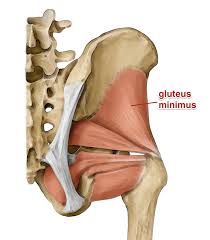
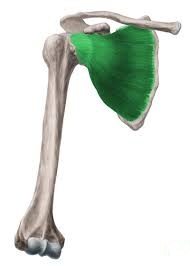
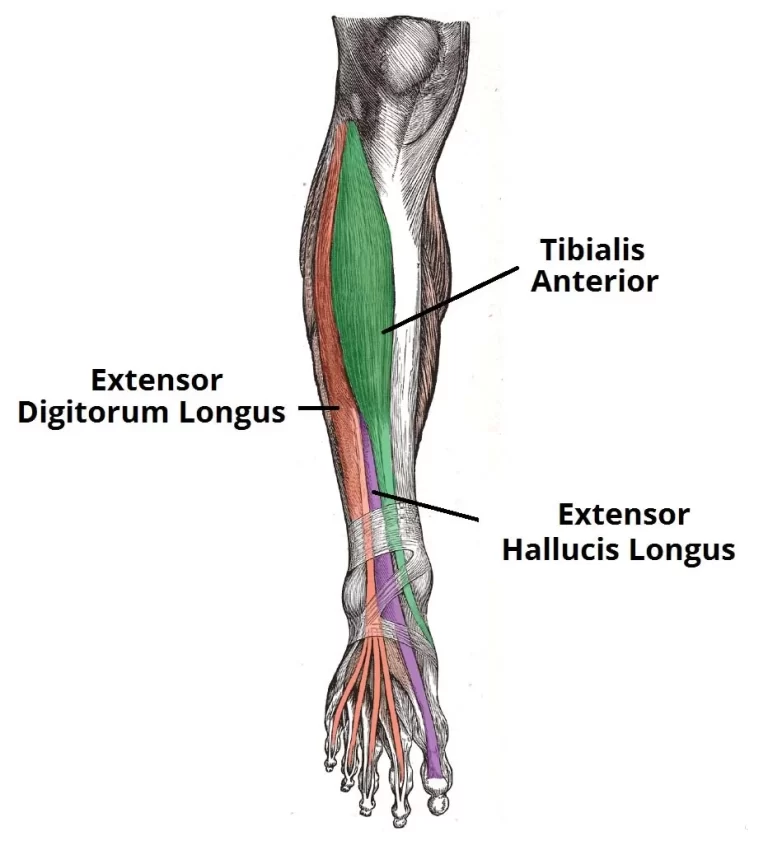
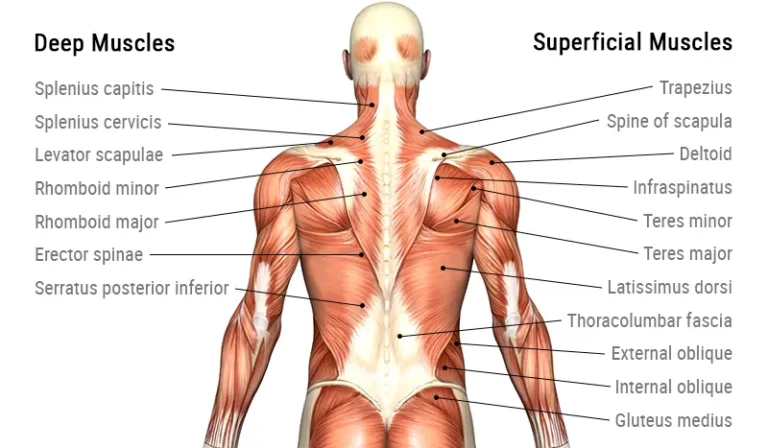
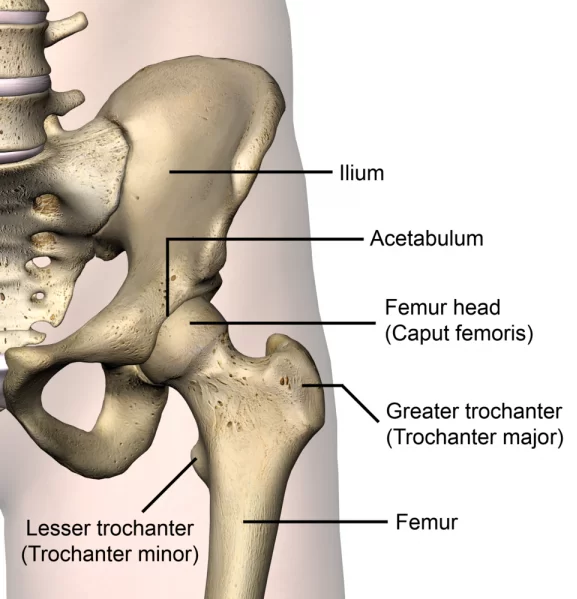
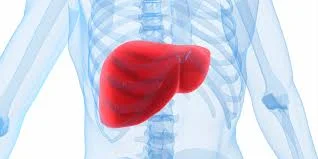

4 Comments